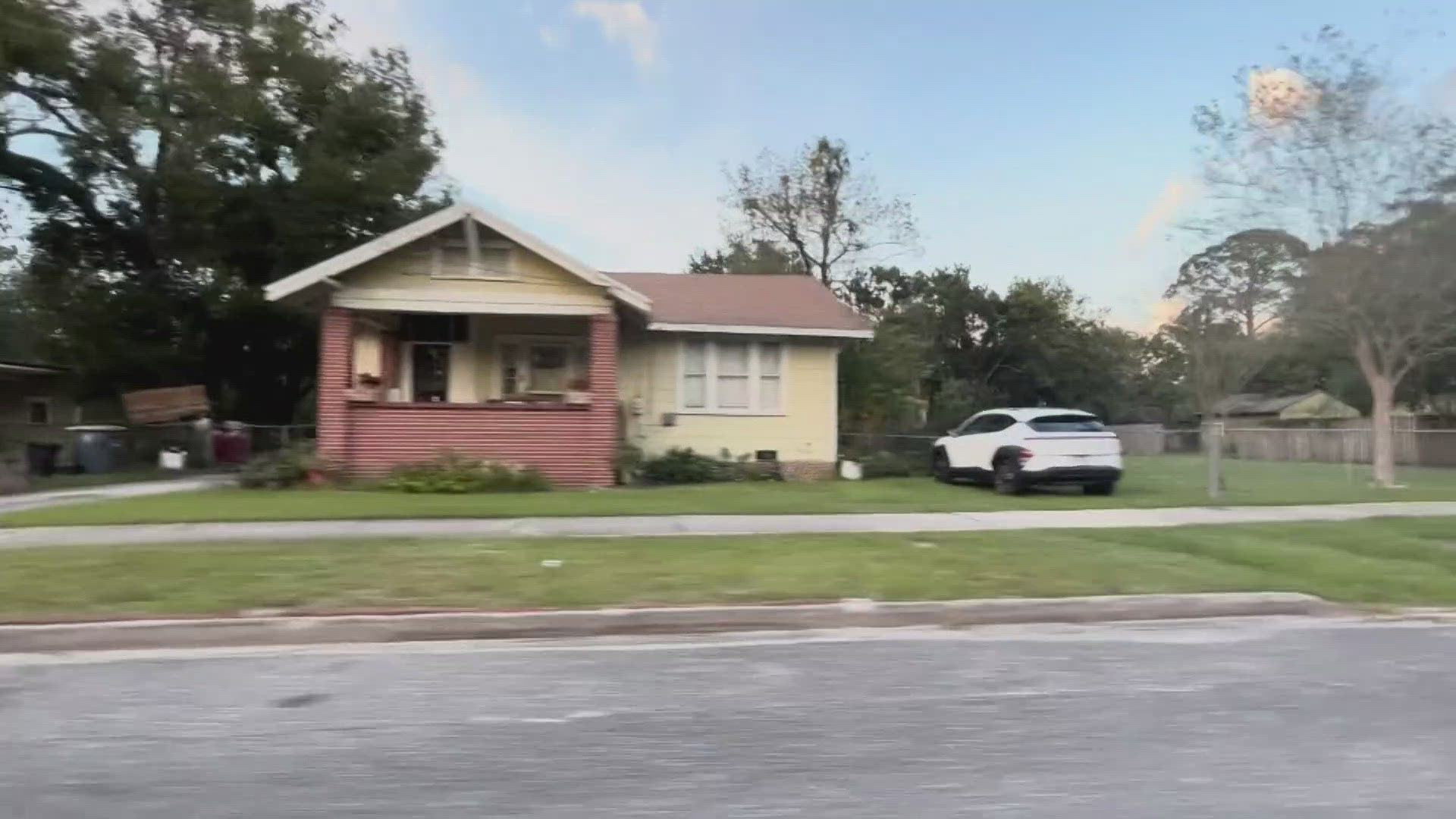WASHINGTON — Millions of clocks across the United States will revert to daylight saving time in just a few days.
Clocks will "spring forward" one hour at 2 a.m. on Sunday, March 10, causing most people to lose an hour of sleep. It won't be until Nov. 3, the first Sunday of November, when Americans fiddle with their clocks again to "fall back" to standard time.
While daylight saving time has been observed for over 50 years, many dread the biannual time shift. There have been several efforts by lawmakers to make daylight saving time permanent for all states.
The Sunshine Protection Act, a federal bill first introduced by Republican Florida lawmakers Sen. Marco Rubio and Rep. Vern Buchanan in 2018, has never been signed into law despite multiple attempts in Congress.
When does daylight saving time start in 2024?
Daylight saving time officially starts on Sunday, March 10 at 2 a.m.
Aside from losing an hour of sleep, the time change also means the daunting chore of manually changing clocks. Most electronics nowadays change automatically, but some household appliances still need a manual adjustment.
Did the U.S. make daylight saving time permanent?
Despite more than 50 years of observance, there have been a multitude of efforts to change the practice.
The Sunshine Protection Act, a federal bill aimed at making daylight saving time permanent year-round for all states, has been introduced into Congress multiple times. It was first introduced by Republican Florida Sen. Marco Rubio and Rep. Vern Buchanan in 2018.
Despite multiple efforts, the bill has never been signed into law.
The most progress the Sunshine Protection Act has seen was in March 2022 when it unanimously passed the U.S. Senate. A matching House bill was introduced but died awaiting review in the House.
In 2023, the bill was introduced once again, but failed to pass in its respective chambers.
Congress is the only one that can change the observance period for daylight saving time. Since 2015, at least 45 states proposed bills to change their observance of DST, according to the Congressional Research Service.
When did daylight saving time start?
The practice has been implemented in some form since World War I when Germany originally introduced it to conserve power and energy by extending daylight hours.
The Standard Time Act in 1918 was the first introduction of daylight saving time to American clocks. What was then a temporary measure, held the nickname 'war time,' and lasted from spring to fall in an attempt to cut energy costs during World War I. The act is also responsible for the five time zones still in place today.
The Department of Transportation was created and given regulatory power over time zones and daylight saving time in 1966. In order to correct confusing and alternating time zones, the Uniform Time Act of 1966 sought a nationwide standard for daylight saving time — from the last Sunday in April to the last Sunday in October.
Few changes have happened since then. Most recently, daylight saving time was extended by a few weeks in 2005 when former President George W. Bush changed the law. It is now observed from the second Sunday in March until the first Sunday in November.
Despite the national observance, Arizona and Hawaii don't observe daylight saving time. Under federal law, states are allowed to opt out of daylight saving time and remain on standard time but are not allowed to remain on daylight time.
Has the U.S. tried year-round daylight saving time before?
The U.S. has previously implemented daylight saving time year-round twice: Once in World War II for fuel conservation, and once in 1974 as a "trial run" during an energy crisis.
While there is some belief that daylight saving time reduces electricity consumption, traffic and crime, two studies, one performed in 1975 and one in 2005, when DST was extended, revealed that much of the changes in energy consumption, traffic and crime were "statistically insignificant." The 2005 study found that each day of extended daylight saving time lowered total national electricity consumption by 0.5%.



